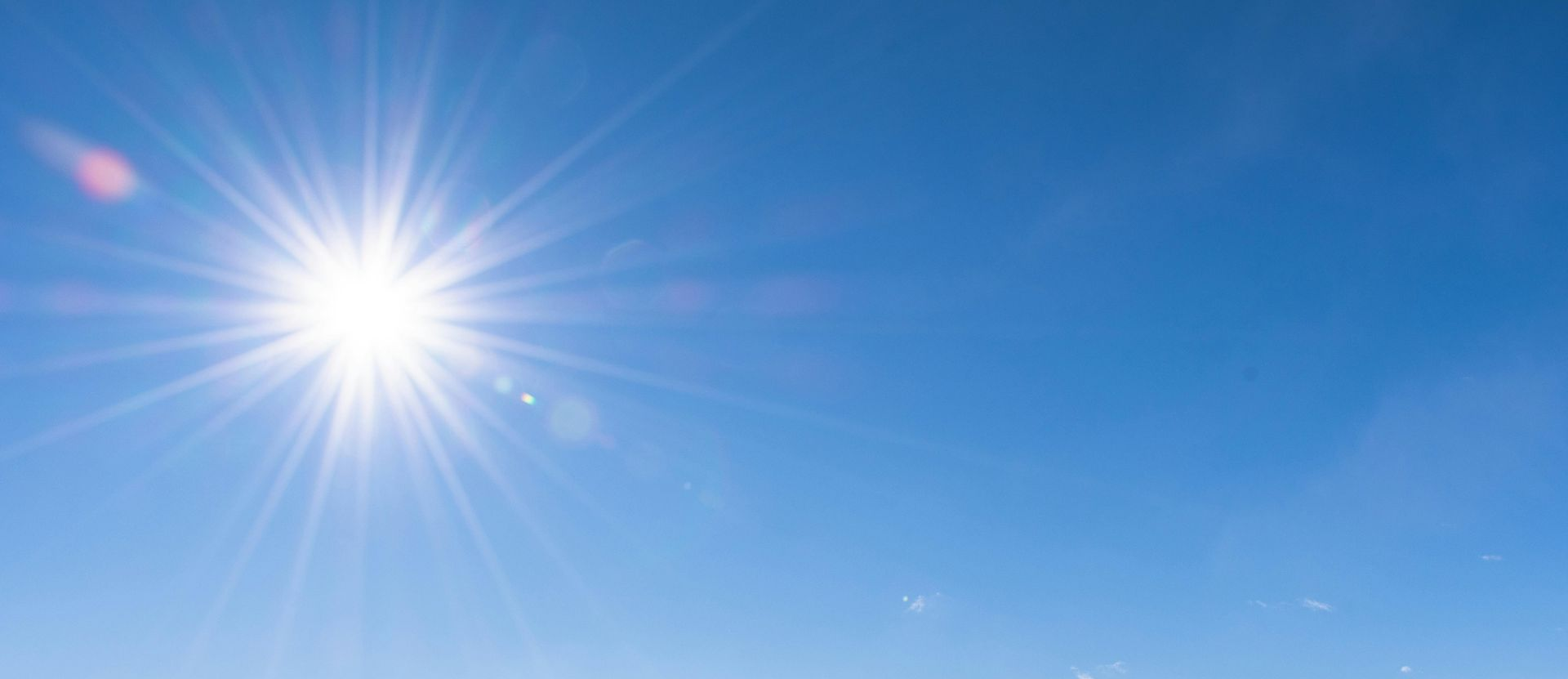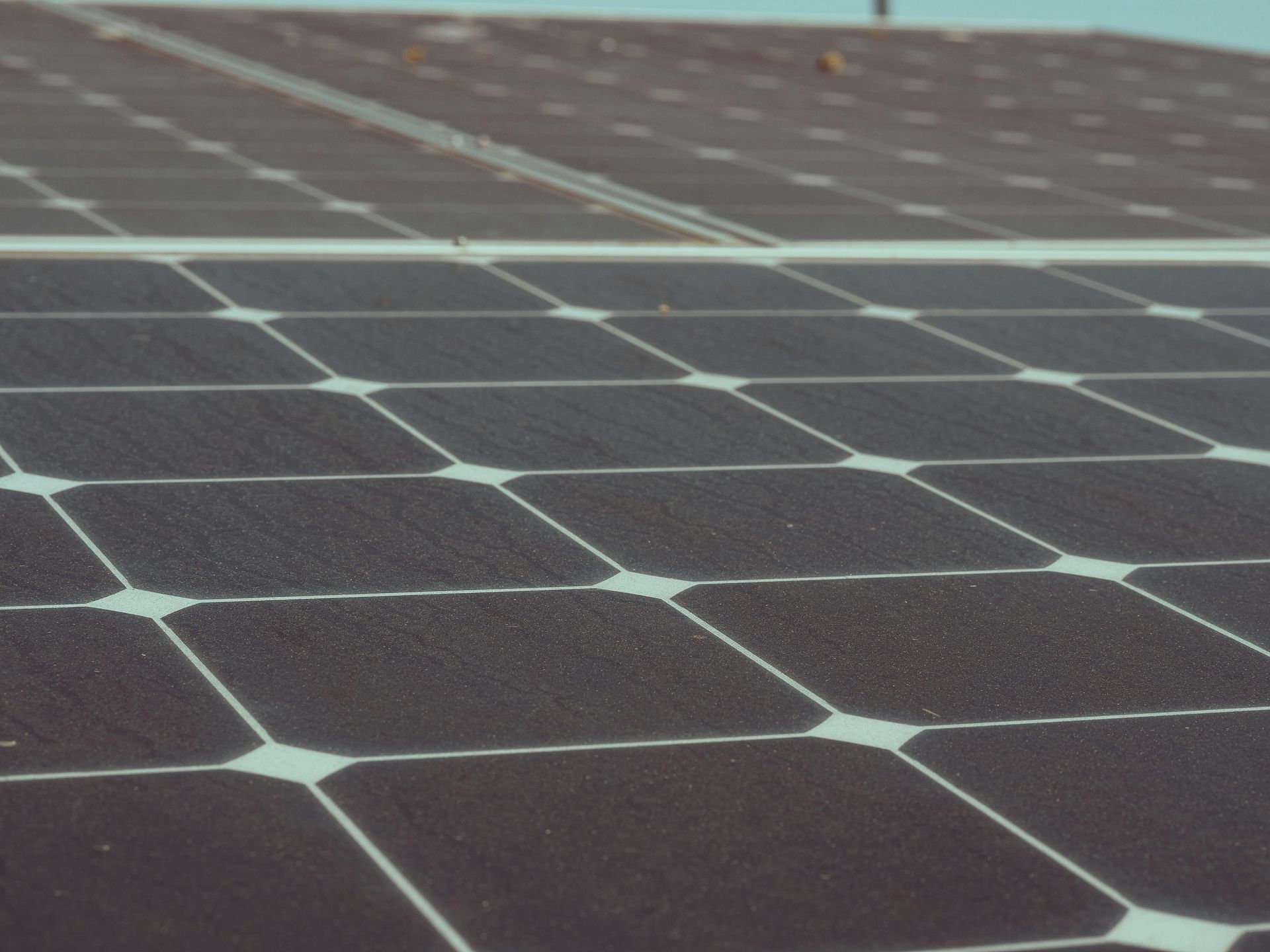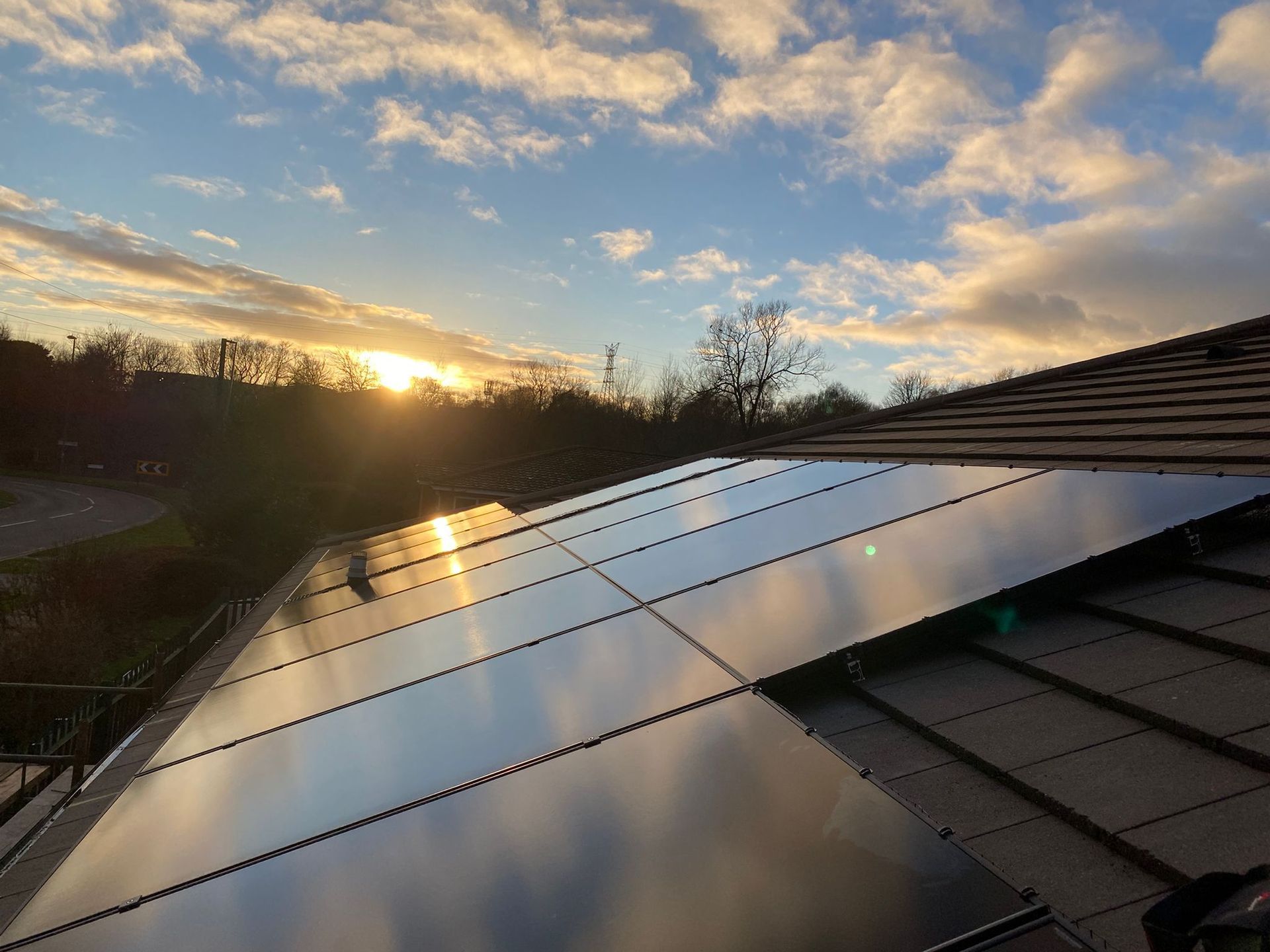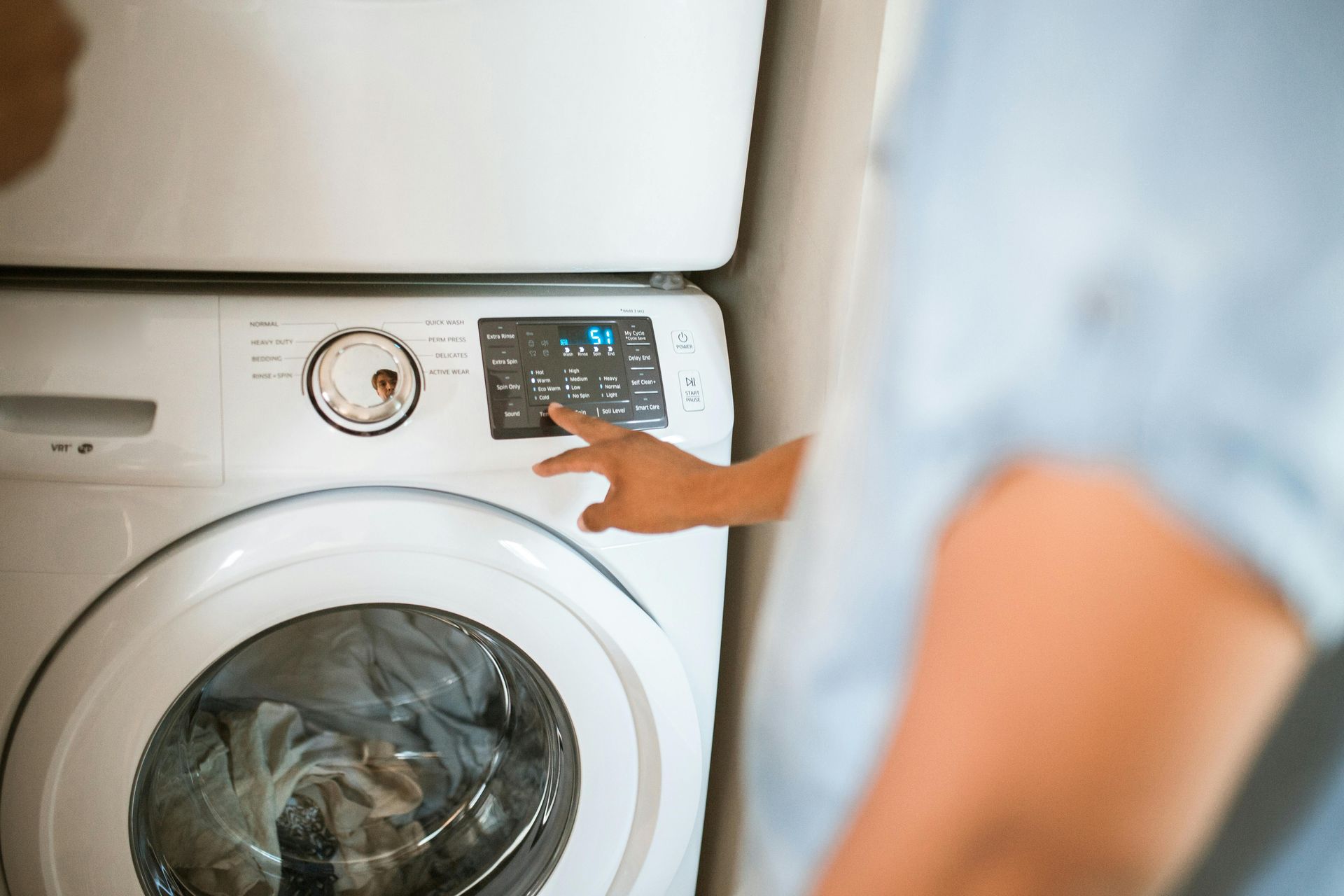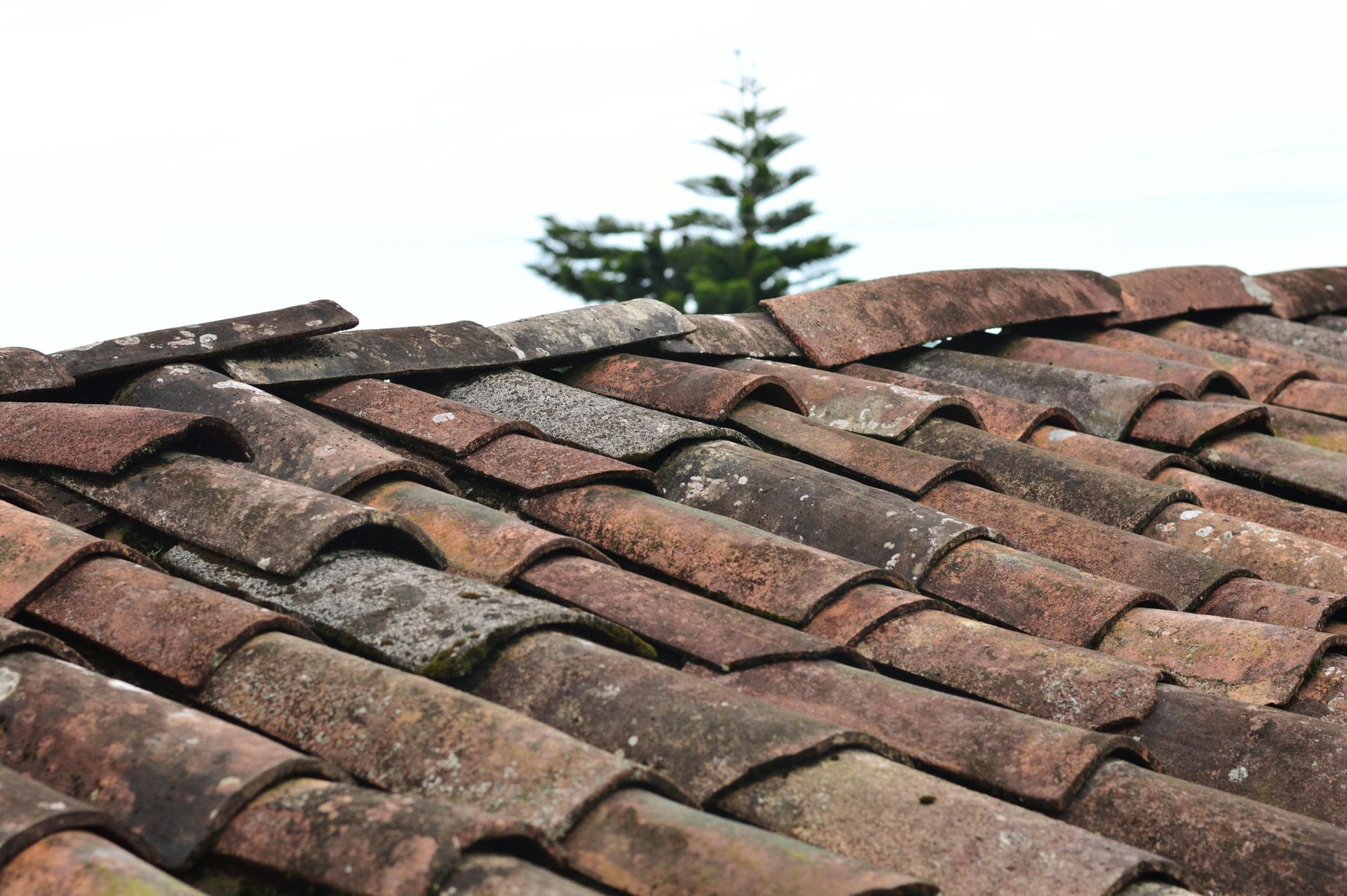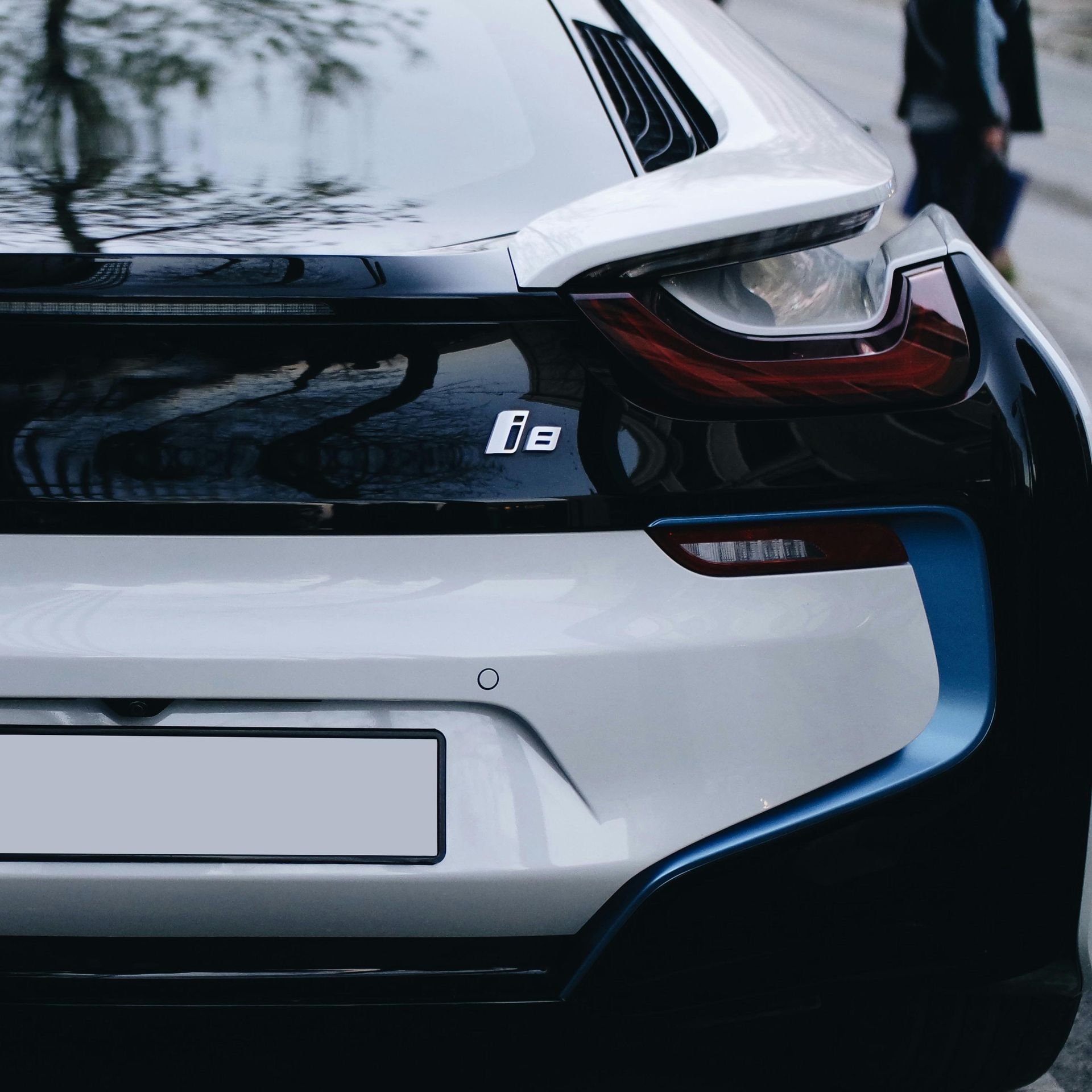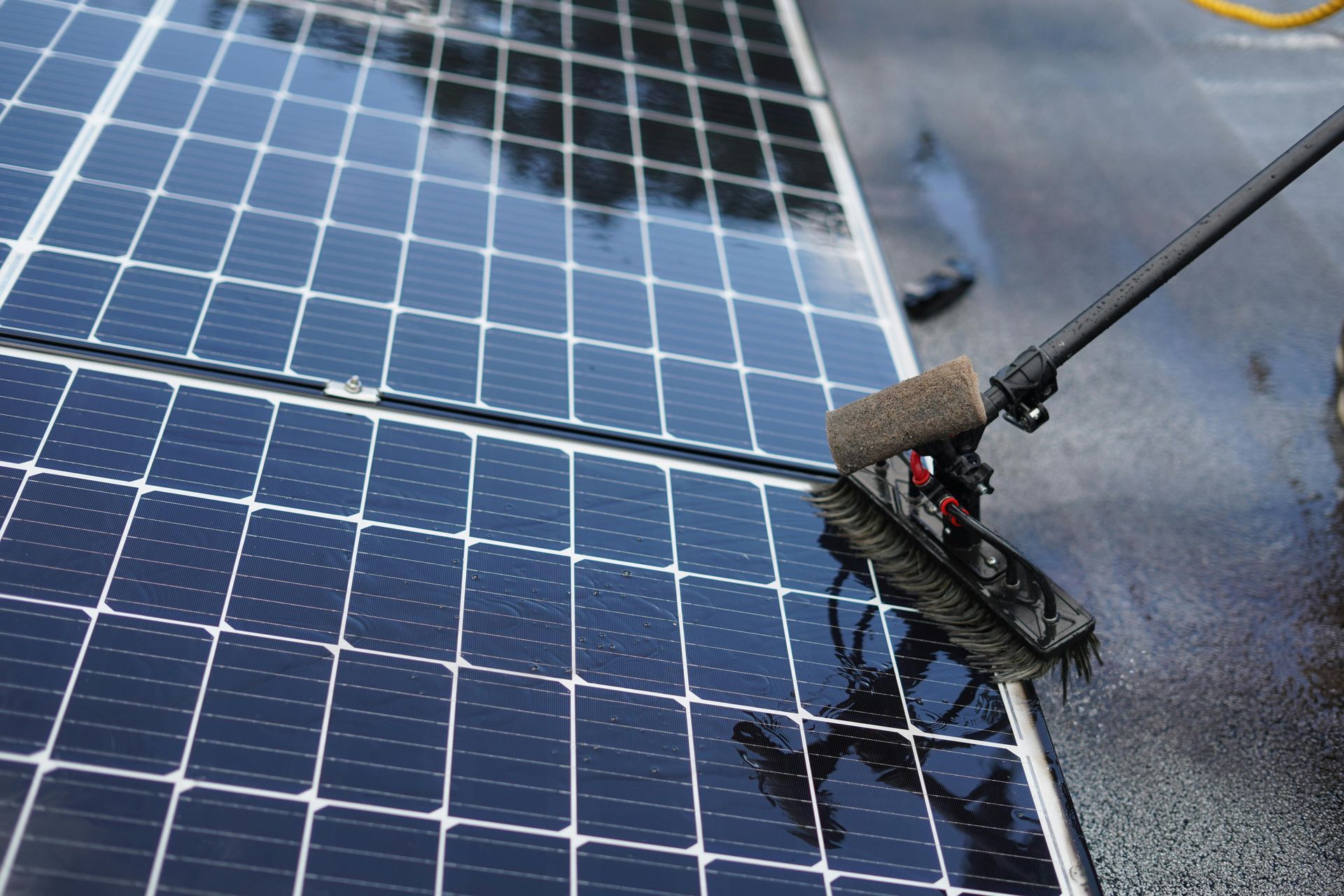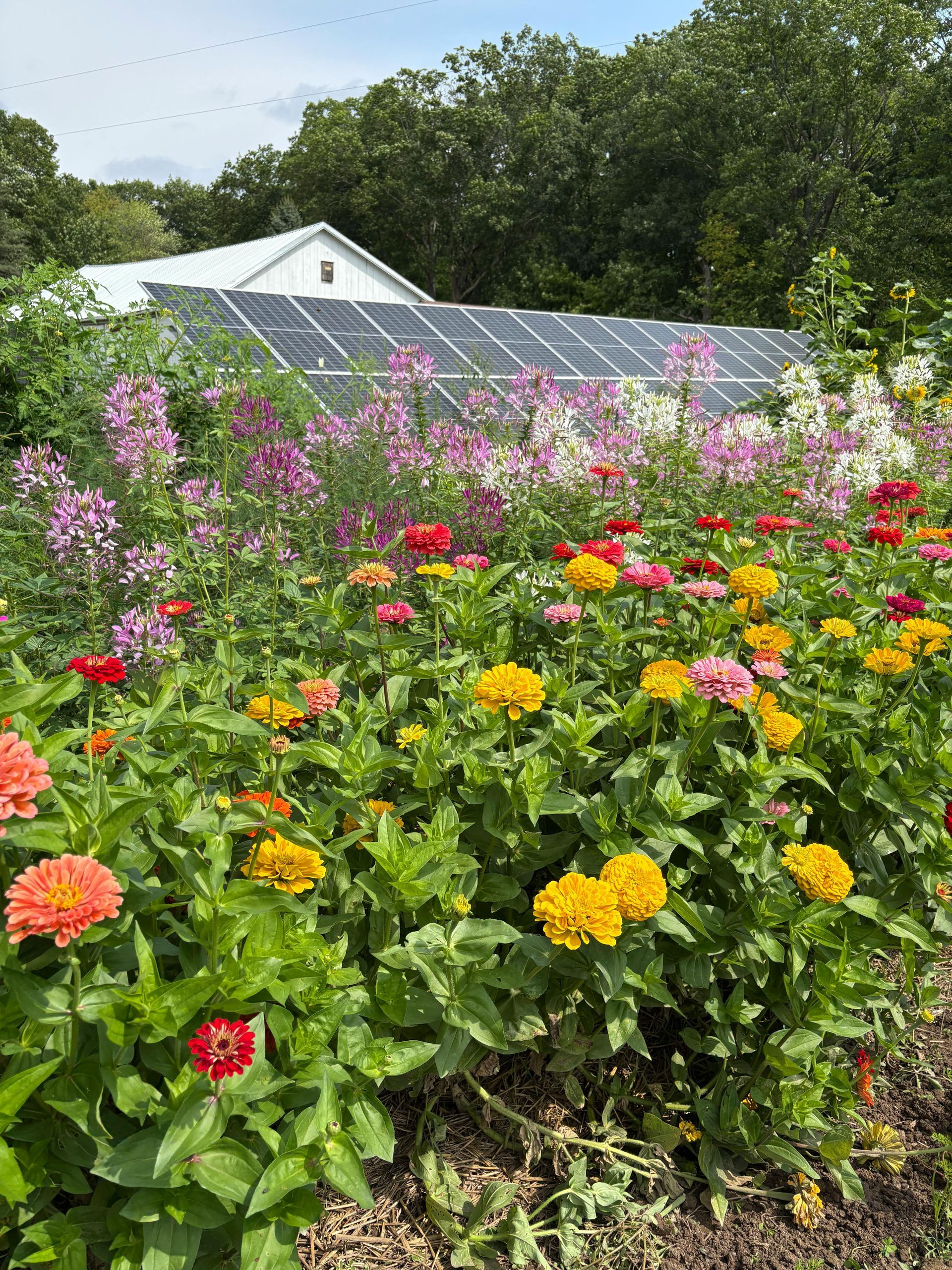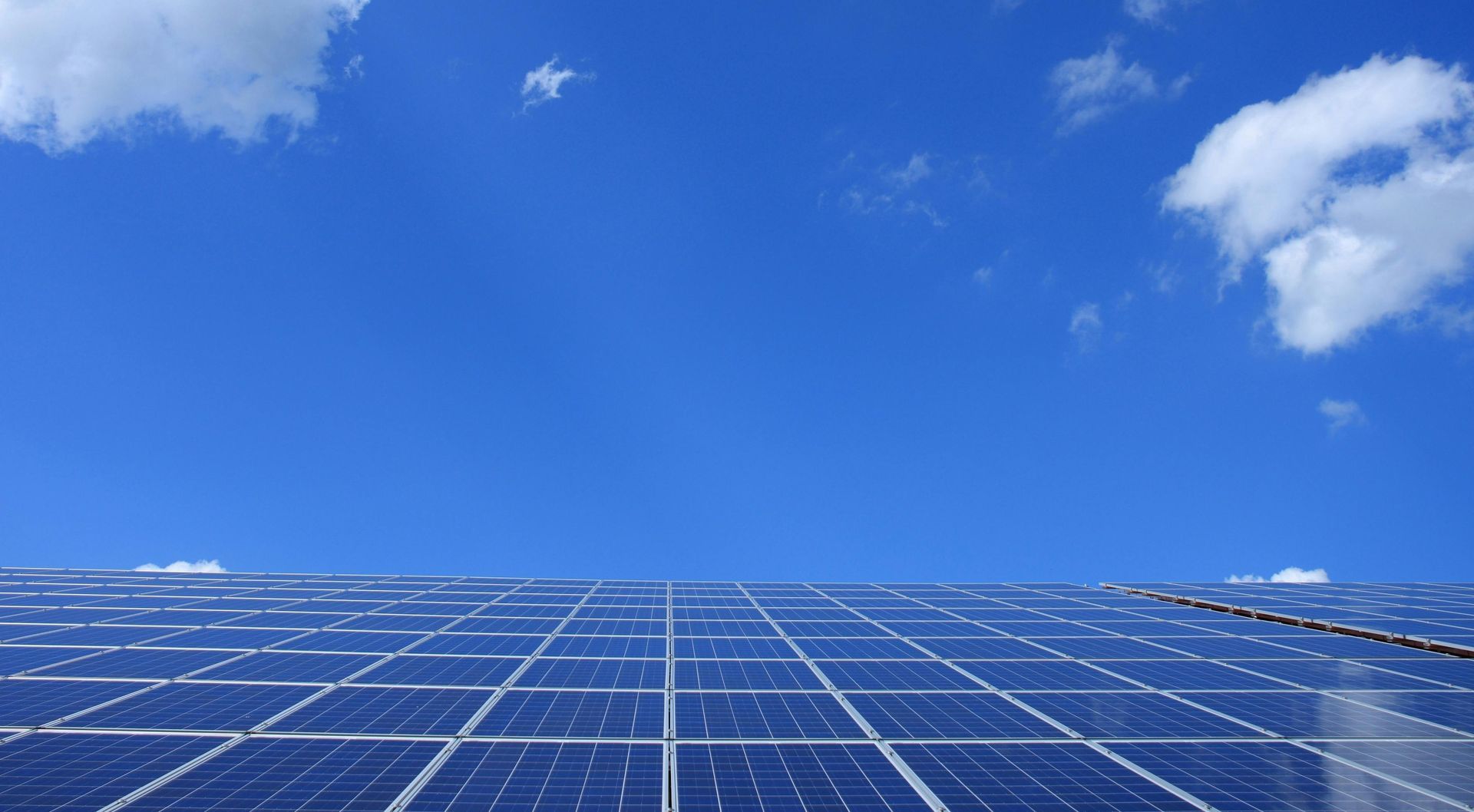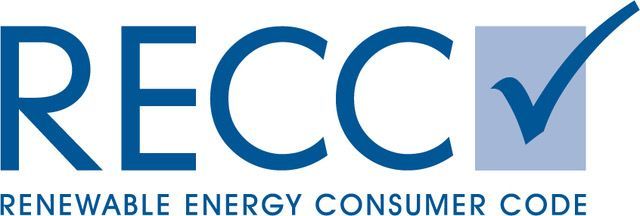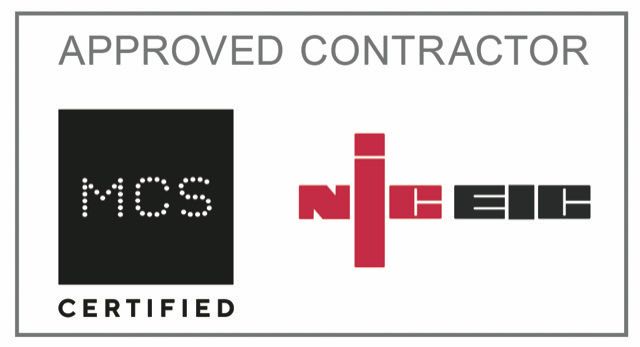High Winds and Solar Panels
What Homeowners Need To Know

High winds can rattle more than just your windows—they can test the limits of your solar panels. If you've been wondering about the solar panel impact during weather like Storm Amy which is currently battering Britain, you're not alone. Understanding how weather effects on solar panels play out could save you from costly repairs and keep your system running smoothly.
Understanding Wind and Solar Panels
When it comes to solar panels and wind, there's more to consider than you might think. Understanding how these two forces interact and what it means for your home's energy system is vital to be ready for when the situation arises.
High Winds and Solar Panel Impact
Strong gusts can put your solar panels to the test. During high winds, panels face increased pressure that can strain their mounting systems. This added stress might lead to loose brackets or, in extreme cases, panels breaking free. Most solar installations are built to withstand winds up to 140 mph, that's as fast as a Category 4 hurricane! But it's not just about speed. The direction of the wind matters too. Panels angled into the wind often fare better than those catching it from underneath. It is worth remembering though that not all solar setups are equal. The quality of installation plays a big role in how well your panels hold up. Proper mounting and regular checks can make a world of difference when the wind picks up and something like Storm Amy hits.
Weather Effects on Solar Panels
Wind isn't the only weather worry for solar panel owners. Rain, hail and extreme temperatures all play a part in your system's performance and longevity.
Rain can actually help by washing away dust and debris. This natural cleaning boosts panel efficiency. But heavy downpours paired with strong winds are when you might start to see issues.
Hail is another concern. While most panels can handle hailstones up to 1 inch in diameter, larger ice balls can crack or dent the surface. Thankfully, severe hail damage is rare.
Heat and cold can affect solar panel output too. Very high temperatures can reduce efficiency, while snow might block sunlight. But there is some good news too - many panels are designed to shed snow and perform well in various climates. This article takes a more detailed look into how solar panels handle extreme weather, check out this informative article.
Ensuring Solar Panel Durability
Keeping your solar panels in top shape is key to getting the most out of your investment. Considering potential wind damage and how to keep your panels in prime condition is something that can be done at any time but you will reap the benefits for a long time.
Wind Damage to Solar Panels
Wind can be sneaky when it comes to damaging solar panels. Sometimes, the harm isn't obvious right away. Loose mounting hardware might not show up until the next big gust comes along but here's what to look out for:
- Tiny cracks in the panel surface
- Bent or twisted frames
- Gaps between panels and roof
- Loose wires or connections
Even small issues can grow if left unchecked. A slightly loose panel might start to let water seep in, leading to bigger problems down the line. But it's not just about the panels themselves, wind can throw debris around, turning branches or roof tiles into projectiles. That's why it's crucial to keep your roof clear and trim nearby trees.
Solar Panel Maintenance Tips
Regular care keeps your solar system humming along nicely even when the weather turns rough. Here are some easy steps to protect your panels:
- Visual checks: Look for any obvious damage or loose parts every few months.
- Professional inspections: Have an expert give your system a once-over annually.
- Keep it clean: Gently wash panels with water to remove dirt build-up.
- Trim trees: Cut back branches that could fall on your panels during high winds.
Don't forget about the roof itself though. A sturdy roof is your panels' first line of defence so make sure that you fix any loose shingles or tiles as soon as you discover them. Being vigilant with checks can make all the difference.
Monitoring your system's output can also tip you off to potential issues, for example, a sudden drop in energy production might mean it's time for a closer look. For more detailed maintenance advice, take a look at this comprehensive guide.
Preparing for a Storm
When storm clouds gather, a little preparation goes a long way. With Storm Amy which is currently in the news, we've had plenty of warning that it was on the way but that isn't always the case. If you can, there are a few steps that you can do to make sure your solar system is ready to weather the storm (or other types of extreme weather).
Assessing Your Solar System
Before the wind picks up, take a good look at your setup. Start with a walk around your property. Are there any obvious weak spots or loose components?
Check your mounting system. Are all the bolts tight? Any signs of rust or wear? These small details can make a big difference when the wind starts howling. Don't forget about your inverter and wiring. Make sure everything is properly secured and protected from the elements.
If you spot anything that doesn't look quite right, then make sure you act on it. Small fixes today can prevent big headaches tomorrow. Remember though, your safety comes first. If you're not comfortable climbing on the roof or working with electrical systems, call in the pros. We would never recommend getting up on the roof yourself if you are not skilled, competent or comfortable in doing that. That's the time to get us involved.
Overall, it's not always easy to be able to monitor closely the fixtures and fittings, the roof, the panels and other elements of your solar panel system. So if you are unsure or you feel that that it's time for a regular check up then do what you can before bringing in the experts. Prevention and forward planning is the best way to ensure that your solar panel system will survive the elements and provide you with the energy supply you want for years to come.
